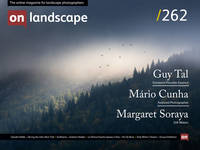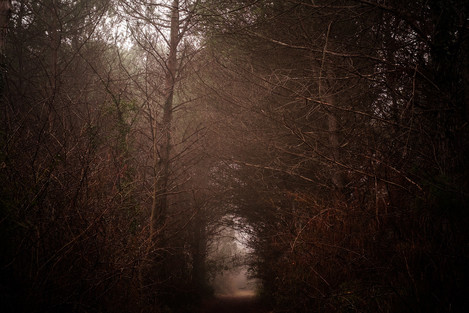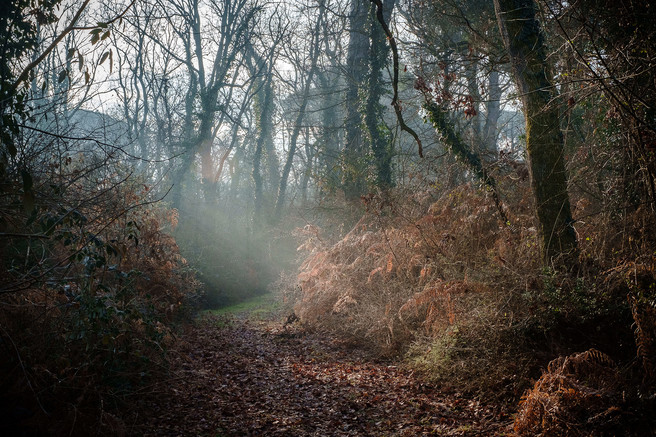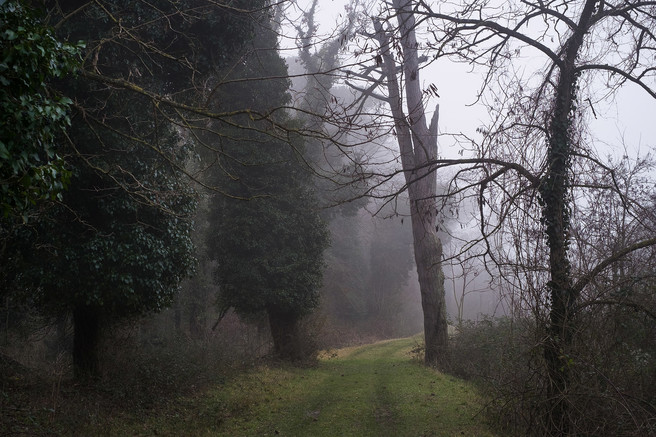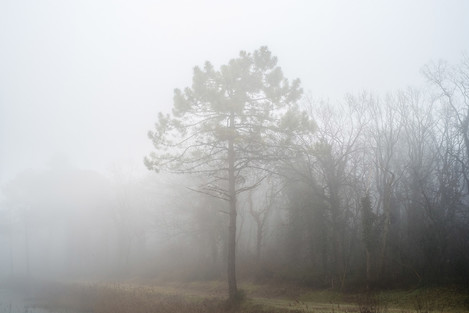Inspired by Dante’s Divine Comedy

Pio De Rose
Pio De Rose (b. 1987) is an Italian photographer currently based in Genoa. In 2011 he graduated in Photography and Visual Arts from the Libera Accademia di Belle Arti L.A.B.A. of Florence with the reportage Saints and Miracles. In 2012 he received his MA in Photojournalism from the University of Westminster with the project Aquaria, The Blue Glass Landscape.
Recent publications and collaborations include Vanity Fair Italy; Io Donna; la Repubblica; mare – Die Zeitschrift der Meere; Neighbor Magazine; Black+White Photography; Æ Another Escape; on landscape; Don’t Take Pictures; Historic Gardens Review; F-Stop Magazine; International PhotogrAphy Magazine; Adnkronos; WAZA Magazine; The Work Style Magazine; Clic.he Webmagazine; SciFondo; Mondo Sommerso – International Ocean Magazine; ASS.A.I.; L’Universo (IGM); dAD – dipartimento di Architettura e Design – University of Genoa; Accademia Ligustica di Belle Arti of Genoa; Municipality of Ravenna and others. Professor of Landscape Photography at the University of Genoa - dAD, Department of Architecture and Design.
Extending for about 900 hectares, the pinewood of Classe (RA) is directly mentioned in Dante’s Divine Comedy (Purgatorio XXVIII, v20). The poet himself – who spent the last 19 years of his life in exile, dying in 1321 in the near city of Ravenna – is believed to have wandered into this forest. Despite the modifications that occurred in the area over the centuries, this remains one of the very few settings, among those mentioned by Dante, in which we are still given the opportunity to experience the original sense of the place as preserved in the poem.
The project originated as an attempt to create an evocative series of images which could guide the viewer along the paths of light unfolding within this dense and ancient forest (see more images on Pio's website). Since I did not want my photographs to be mere illustrations of those verses describing this wood, I instead focused on the journey that both Dante and the reader had already undertaken before reaching the Earthly Paradise. In fact, these verses of Purgatorio XXVIII are almost impossible to read without our mind immediately recalling the dark wood of Inferno, the other forest in which Dante finds himself at the very beginning of his journey. On the contrary, such inevitable comparison is the key element through which the intensity of light can now become so vividly depicted. Likewise, the series develops as a crescendo of light, slowly penetrating the forest to reveal its inner paths.
I remember feeling the need for a very rigorous visual approach that could at least mitigate the risk of otherwise being devoured by the inconceivable vastness of the subjects unfolding before me everywhere I could turn. I, therefore, soon decided to shoot the entire project on a 50mm equivalent lens, looking for those scenes in which the monumentality of this unique landscape could become more evident. Since I wanted the viewer to be able to move their eyes on the entire surface of each image, I always tried to focus on the hyperfocal distance – usually at f/8 – thus preserving readability to its fullest, even in the finest details.
To my great surprise, this appears to be the first photographic project on the topic. If, on the one hand, I did remember about this forest from school, what really made me step into this pinewood for the first time was the – very – strong determination with which my wife, the painter Anna Evdokimova, insisted that we visited it during our stay in Ravenna, where we had been invited to arrange an exhibition for Camera Work, in 2018. Back then, she had just read about the pinewood of Classe in an essay by the famous Russian poet Ol’ga Aleksandrovna Sedakova, one of the greatest contemporary authors and among the finest and most relevant critics and translators of Dante’s work. Although on that occasion we managed to spend there a few hours only, neither of us could stop thinking about that landscape.
From the very beginning, I had the opportunity to share my initial thoughts as well as the first photographs with Ol’ga Sedakova. She herself had visited the pinewood long before we met, and I was very reassured by the way she felt about both the idea of my project and the first few “visual notes” I was able to show her. Meeting her and her assistant was of the uttermost importance for my series to develop in the way it did. Funnily enough, not only did Ol’ga Sedakova write a superb essay for my book La Divina Foresta Spessa e Viva, but she also very kindly allowed one of the photographs from the final series to be featured in the endpapers of her new publication, Mudrost’ Nadezhdy i Drugie Razgovory O Dante, which came out shortly after mine.
A second essential contribution, which instead focuses on the evolution of the landscaping features of the pinewood, was written by the Italian professor Giorgio Lazzari, among the most prolific and well-respected researchers in the field providing the reader with a context to understand the traits of this ancient forest better.
Since Dante is supposed to have entered the Earthly Paradise in the early morning of a Spring day (either on the 30th of March or on the 13th of April, 1300), I needed to photograph the pinewood in a similar period of the year. For the same reason, I managed to have the book printed in March (in Florence, Dante’s hometown, by La Progressiva) and then published it in April 2021.
In the same year, the project became part of the official programme for the Seventh Centenary of Dante Alighieri’s Death, with the Municipality of Ravenna contributing to publishing the first edition of the book and hosting a 3-week solo exhibition.
Divina Commedia, Purgatorio XXVIII (vv. 1-3, 19-24)
Italian
1 Vago già di cercar dentro e dintorno
2 la divina foresta spessa e viva,
3 ch’a li occhi temperava il novo giorno,
[...]
19 tal qual di ramo in ramo si raccoglie
20 per la pineta in su ’l lito di Chiassi,
21 quand’ Ëolo scilocco fuor discioglie.
22 Già m’avean trasportato i lenti passi
23 dentro a la selva antica tanto, ch’io
24 non potea rivedere ond’ io mi ’ntrassi;
English (Mandelbaum)
1 Now keen to search within, to search around
2 that forest—dense, alive with green, divine—
3 which tempered the new day before my eyes,
[...]
19 just like the wind that sounds from branch to branch
20 along the shore of Classe, through the pines
21 when Aeolus has set Sirocco loose.
22 Now, though my steps were slow, I’d gone so far
23 into the ancient forest that I could
24 no longer see where I had made my entry;
English (Longfellow)
1 Eager already to search in and round
2 The heavenly forest, dense and living—green,
3 Which tempered to the eyes the new—born day,
[...]
19 Such as from branch to branch goes gathering on
20 Through the pine forest on the shore of Chiassi,
21 When Eolus unlooses the Sirocco.
22 Already my slow steps had carried me
23 Into the ancient wood so far, that I
24 Could not perceive where I had entered it

